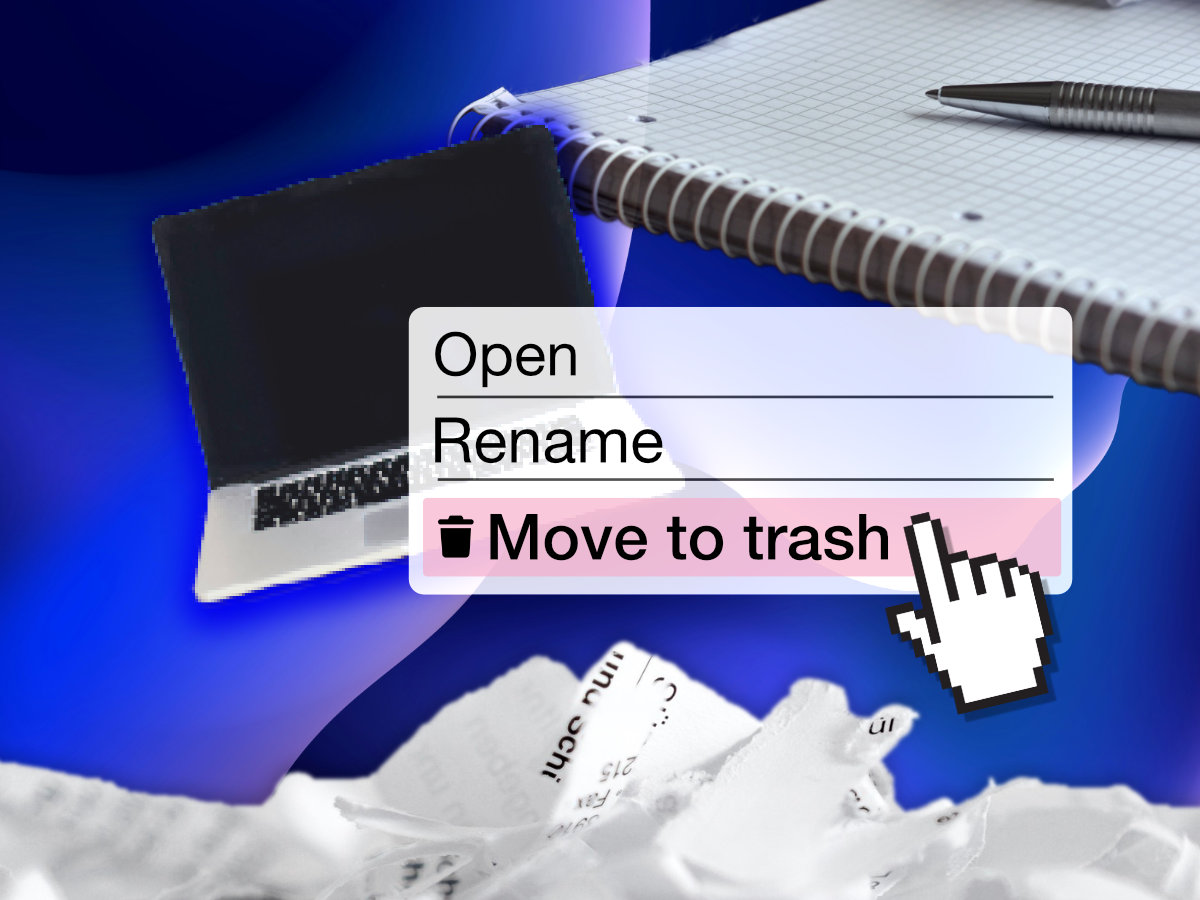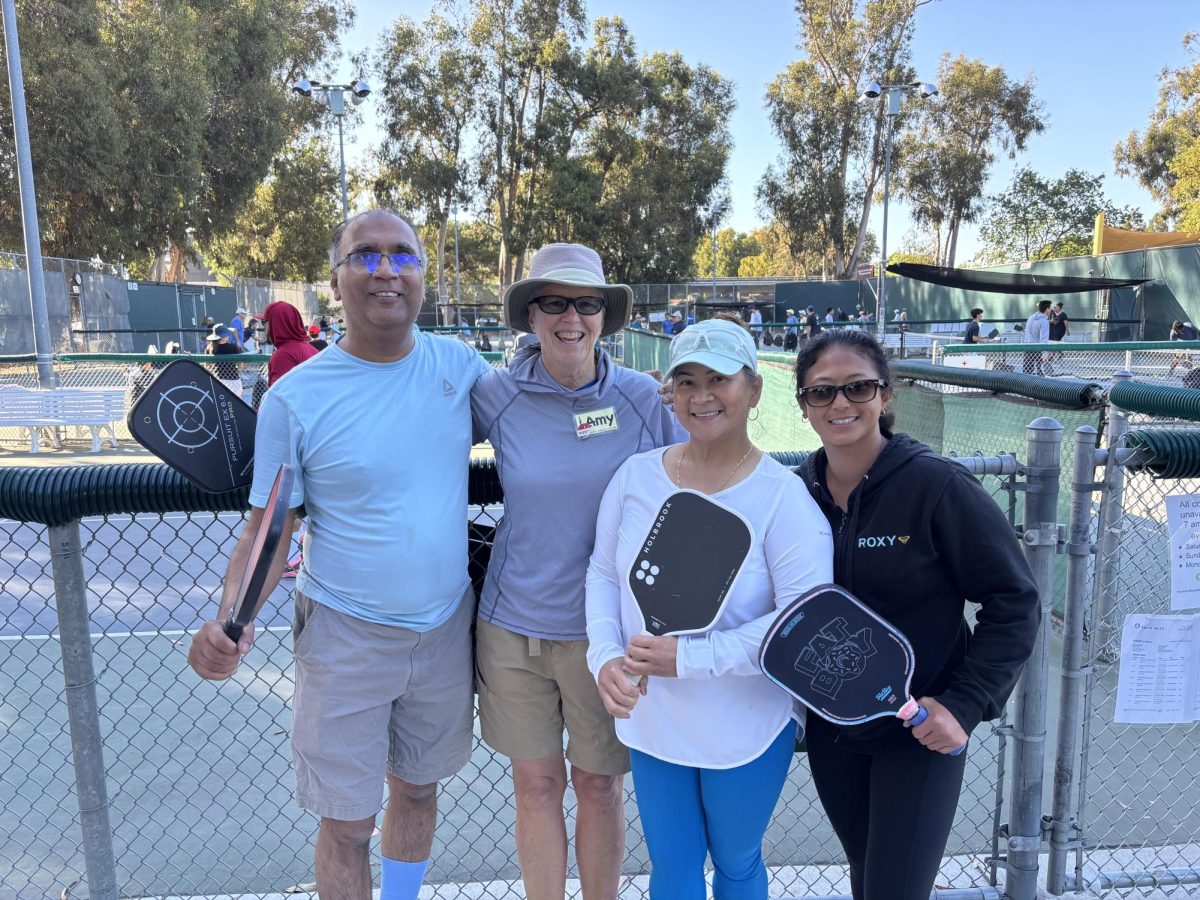In sixth grade I was walking on the playground at my middle school when two of my classmates ran up to me and asked me to check my nails. I held my hands out with my palms facing the ground so I could look at my nails, to which they let out a breath of relief and said, “Okay good, you’re not gay.”
I asked what they meant, and they responded that if you just hold your hands out with your palms facing the ground you’re straight; however, if you have your palms pointed towards your face and curl your fingers up to see your nails, you are gay. They laughed about our other fellow classmate Ryan who supposedly proved he was gay with the same test before running off, leaving me in my thoughts.
Middle schoolers should be taught LGBTQIA+, also known as lesbian gay bisexual transgender queer intersex and ally or asexual, words, education, and history. Kids at that age should be taught what these things mean. Otherwise they could hurt the people around them whether it is intentional or not, like what happened to me. Middle school students are learning their place in the world; so it makes sense that they should learn about the variety of experience and fluidity of sexuality and sexual orientation. Kids at that age undergo sex education. If they can handle a person discussing what a condom is,then why can’t they learn about LGTQIA+?
Most people, teenagers, and adults alike would have liked education related to LGBTQIA+. To be told all your life that you are one thing and never feel like you fit in is incredibly demeaning and hurtful. Growing up in a place where you feel alone and distant with no one to turn to because you don’t think that there’s something wrong with you is soul crushing. It causes one to feel trapped, alone, weird, and imprisoned, none of which are things anyone, let alone a middle schooler, want to feel.
Educating kids in middle school on LGBTQIA+ terms will provide those questioning kids a place where they are accepted and give them a basis of that kind of knowledge for the future. In middle school kids don’t know much about LGBTQIA+, nor the terms within it, for example, bisexual, pansexual, biromantic, among many others. They just know the associated insults. In fact, if you ask a straight adult, teen, and middle schooler what they know about LGBTQIA+, chances are they all have the same level of knowledge. Things like pansexual, axexual, aromantic, biromantic, among many other terms, are just gibberish to them.
Teaching kids the different words associated with the different sexualities would decrease unintentional and intentional homophobic bullying and would help kids discover that part of them that is ‘different.’ It may also help them find people just like them.
Some would argue that, despite the lack of education in many middle schools, most kids that age know what gay means. Isn’t that enough? No. Kids that age do not see gay and homosexuality in a positive light. They see it as an insult because it’s different, something many people in the South and people of older generations know too well. Without sufficient education, kids use the term ‘gay,’ despite knowing what it means, as an insult.
It isn’t a matter of laws being passed to enable this to happen, it’s a matter of getting up and actually doing something. In fact middle schools are legally enforced to teach this topic. According to CNS News “Gov. Brown signed the Fair, Accurate, Inclusive and Respectful (FAIR) Education Act into law in 2011, which added ‘lesbian, gay, bisexual and transgender Americans…to the economic, political and social development of California and the United States of America, with particular emphasis on portraying the role of these groups in contemporary society’ to his state’s existing Education Code.”
There are some schools that condone teaching this subject. However, it isn’t enough. There are still too many schools, and many more kids, that suffer from the lack of education about LGBTQIA+.





